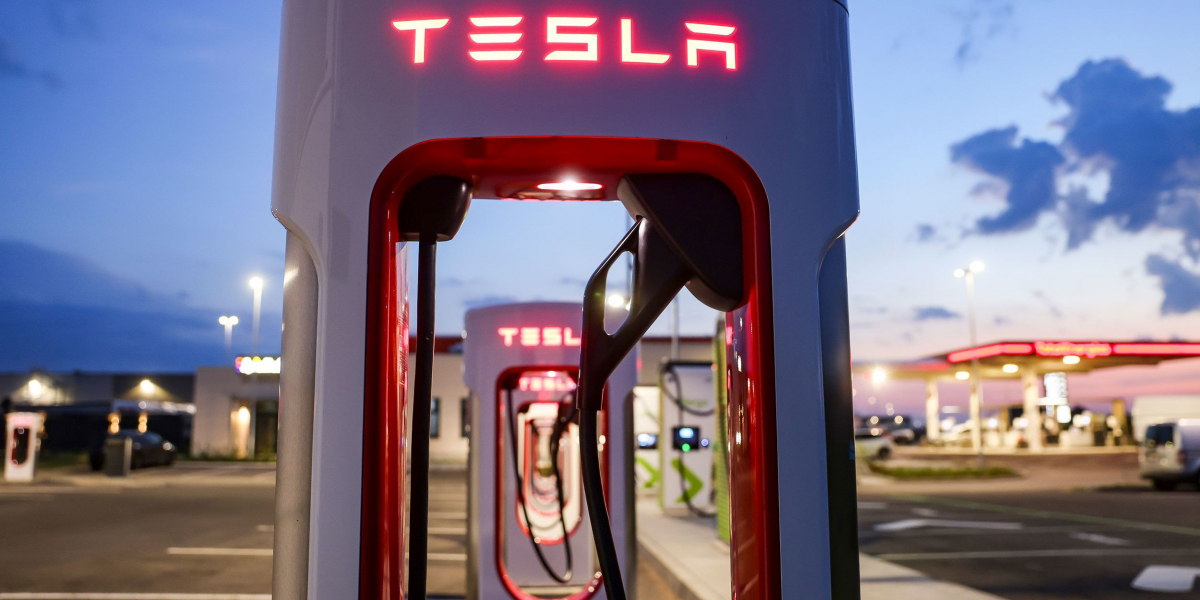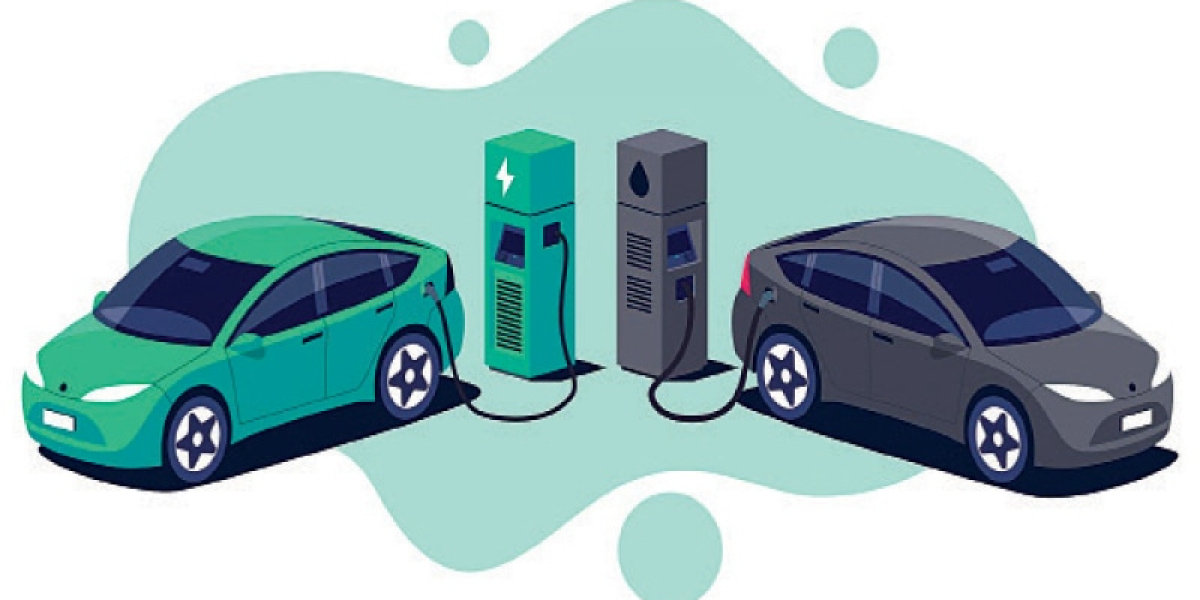As electric vehicles (EVs) continue to grow in popularity, Tesla remains a leader in the industry with its innovative charging network. Whether you're considering buying a Tesla or are already an owner, understanding Tesla’s charging options is essential for maximizing convenience and efficiency. In this comprehensive guide, we will explore Tesla's charging infrastructure, including Superchargers, Destination Chargers, and home charging solutions.
1. Understanding Tesla Charging Options
Tesla offers three primary charging solutions to meet the diverse needs of its users:
- Superchargers: High-speed DC fast chargers located along highways and in urban areas.
- Destination Chargers: Slower Level 2 chargers installed at hotels, restaurants, and shopping centers.
- Home Charging: A convenient option for daily charging using Tesla Wall Connectors or standard electrical outlets.
Each option serves a different purpose, from long-distance travel to overnight charging at home or public locations.
2. Tesla Superchargers: Fast Charging for Long Trips
Tesla's Supercharger network is designed for long-distance travel, enabling Tesla owners to recharge their vehicles quickly and efficiently. These chargers are strategically located along major highways, making road trips feasible and convenient.
How Superchargers Work
Superchargers use DC fast-charging technology, which allows Tesla vehicles to regain up to 200 miles of range in about 15 minutes. The charging speed depends on several factors, including battery level, temperature, and station availability.
Cost of Using Superchargers
The cost of Supercharging varies based on location and energy prices. Some Tesla models purchased before 2017 include free Supercharging, but newer models require payment per kilowatt-hour (kWh) or per minute.
Finding Superchargers
Tesla’s built-in navigation system helps drivers locate Supercharger stations, providing real-time availability updates. You can also use the Tesla app to check station locations and pricing.
3. Destination Chargers: Charging While You Park
Tesla Destination Chargers offer a slower but more accessible way to charge your car while visiting hotels, resorts, shopping centers, and restaurants.
How Destination Charging Works
Unlike Superchargers, Destination Chargers use Level 2 charging technology, delivering around 22-44 miles of range per hour. These chargers are not intended for quick top-ups but rather for overnight or extended parking stays.
Cost of Destination Charging
Many businesses provide Tesla Destination Charging as a complimentary service for their guests. However, some locations may require a usage fee.
Where to Find Destination Chargers
Tesla’s interactive charging map and in-car navigation system display nearby Destination Chargers, making them easy to find when planning trips.
4. Home Charging: The Most Convenient Option
For most Tesla owners, home charging is the most practical and cost-effective solution. Charging at home allows you to start each day with a full battery, eliminating the need for frequent public charging.
Home Charging Solutions
Tesla offers multiple home charging options:
- Tesla Wall Connector: Provides the fastest home charging experience, delivering up to 44 miles of range per hour.
- NEMA 14-50 Outlet: A standard 240V outlet that delivers around 30 miles of range per hour.
- Standard 120V Outlet: The slowest option, providing about 3 miles of range per hour.
Installation and Costs
Installing a Tesla Wall Connector requires hiring a certified electrician, which may cost anywhere between $500 and $1,500, depending on electrical work requirements.
Charging Costs at Home
Charging a Tesla at home is significantly cheaper than using public stations. The average electricity cost in the U.S. is $0.13 per kWh, which means a full charge for a Tesla Model 3 (with a 75 kWh battery) costs about $9.75 source.
5. Charging Speeds: How Long Does It Take to Charge a Tesla?
Charging time varies based on the method used:
- Superchargers: 15-30 minutes for 80% charge.
- Destination Chargers: 4-8 hours for a full charge.
- Home Charging (Wall Connector): 6-12 hours for a full charge.
- Standard 120V Outlet: 1-2 days for a full charge.
6. Comparing Tesla Charging with Other EV Charging Networks
Tesla's charging infrastructure stands out for its reliability, speed, and seamless integration with its vehicles. According to a 2023 report, Tesla Superchargers account for over 60% of all DC fast-charging sessions in North America source.
However, Tesla vehicles can also use third-party chargers, such as Electrify America and ChargePoint, with the help of an adapter.
7. Future of Tesla Charging Network
Tesla continues to expand its charging network, aiming to add thousands of new Superchargers worldwide. Future plans include:
- V4 Superchargers with even faster charging speeds.
- Opening Supercharger access to non-Tesla EVs in select regions.
- Integration with solar and battery storage for sustainable charging solutions.
8. Tips for Efficient Tesla Charging
To optimize your charging experience, follow these tips:
- Plan your route: Use Tesla’s navigation system to find optimal charging locations.
- Avoid deep discharges: Charge before your battery gets too low to extend its lifespan.
- Charge during off-peak hours: Many utilities offer lower rates at night.
- Monitor charging sessions: Use the Tesla app to track charging progress and costs.
Conclusion
Tesla’s robust charging infrastructure makes owning and driving an electric vehicle more accessible than ever. Whether you rely on Superchargers for road trips, Destination Chargers for convenience, or home charging for daily use, Tesla provides solutions to fit every lifestyle. As the network expands and technology advances, Tesla’s commitment to fast, efficient, and sustainable charging will continue to shape the future of EV transportation.














